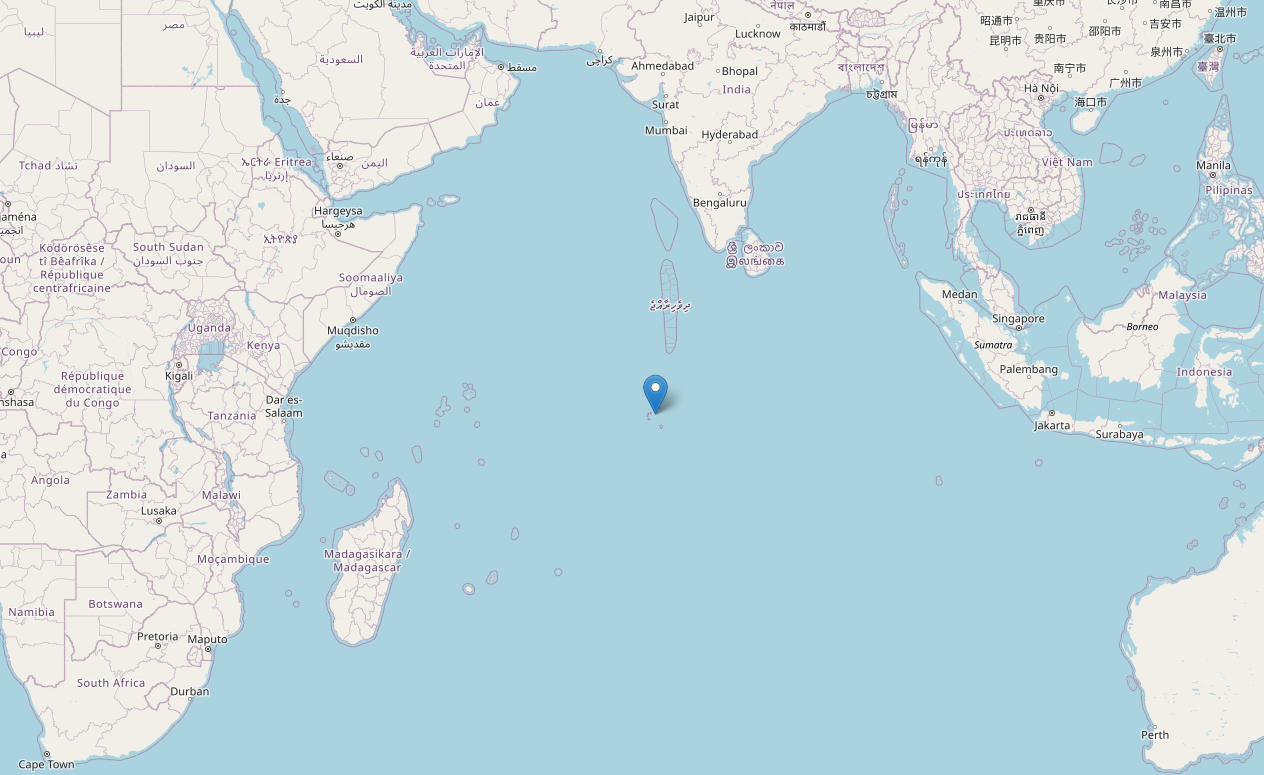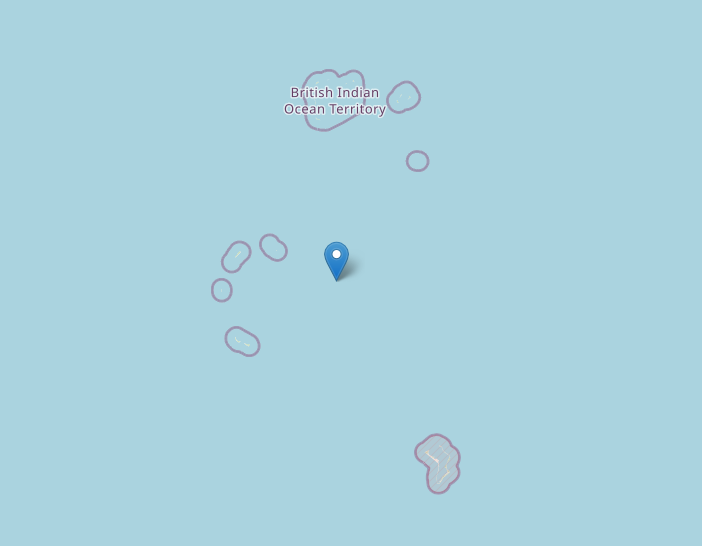Important note: Due to the topic of this post, BytesOfProgress will be available on bytesofprogress.net instead of .io, starting from now! BytesOfProgress will be accessible via the .io TLD until 5th September 2025. The .io domain ist being redirected to the .net domain.
On October 3rd 2024, the British government announced it would give up control of a group of small islands in the Indian Ocean called the Chagos Islands. These islands will be handed over to the neighboring country of Mauritius, located about 1,100 miles off the eastern coast of Africa.
View on OpenStreetMap


The decision to transfer the islands to their new owner will lead to the loss of one of the tech industry's favorite top-level domains: .io. Its popularity most probably comes from representing "input/output". But what many people did not realize is that it is more than just a trendy TLD. Actually it is a country code top-level domain (ccTLD) linked to a specific nation, meaning there are political factors involved that are not limited to the digital world.
Since 1968, the UK and the USA have run a military base on the Chagos Islands (officially called the British Indian Ocean Territory), but the neighboring country of Mauritius has always challenged the British control over the islands. The Mauritian government has claimed for a long time that the UK kept the islands illegally when Mauritius became independent. After more than 50 years, that conflict has been settled. In exchange for a 99-year lease on the military base, the islands will be returned to Mauritius.
Once this contract is signed, the British Indian Ocean Territory will stop existing. Various international organizations will update their records accordingly. Specifically, the International Organization for Standardization (ISO) will remove the country code “IO” from its list. The Internet Assigned Numbers Authority (IANA), which oversees the top-level domains, relies on this list to decide which country-specific domains should be active. Once the IO code is removed, IANA will stop allowing new .io domain registrations and will automatically start eliminating existing ones.
There are two main organizations responsible for managing internet domains and addresses. The Internet Assigned Numbers Authority (IANA) decides what can be a top-level domain and what not. Originally based at the University of Southern California, IANA became more formalized in 1998 when it joined the Internet Corporation for Assigned Names and Numbers (ICANN).
These organizations might seem to have routine roles, but they had to make difficult decisions in the past. For example, in 1990, IANA created the .su TLD for the USSR. When the USSR collapsed a year later, no clear rules existed on what to do with the domain, so Russia continued to use it. Without proper oversight, .su became a haven for cybercrime and illegal content.
In another case, after the breakup of Yugoslavia in the 1990s, there was confusion over who controlled the .yu domain. Slovenian academics even stole the domain's software to take control, leading IANA to eventually step in and return .yu to Serbia. When Montenegro became independent in 2006, IANA created .rs for Serbia and .me for Montenegro, setting clear rules to retire .yu by 2010.
These rules now apply to .io. Once the British Indian Ocean Territory stops existing, the domain must be retired within three to five years and everyone using a .io domain will need to find a new one.
Maybe the IANA will bend their own rules and allow .io to continue existing.
Long story short: Be cautious on what kind of domain you want to use for your project and maybe think about using a generic TLD (gTLD) instead of a country-code-TLD (ccTLD).
